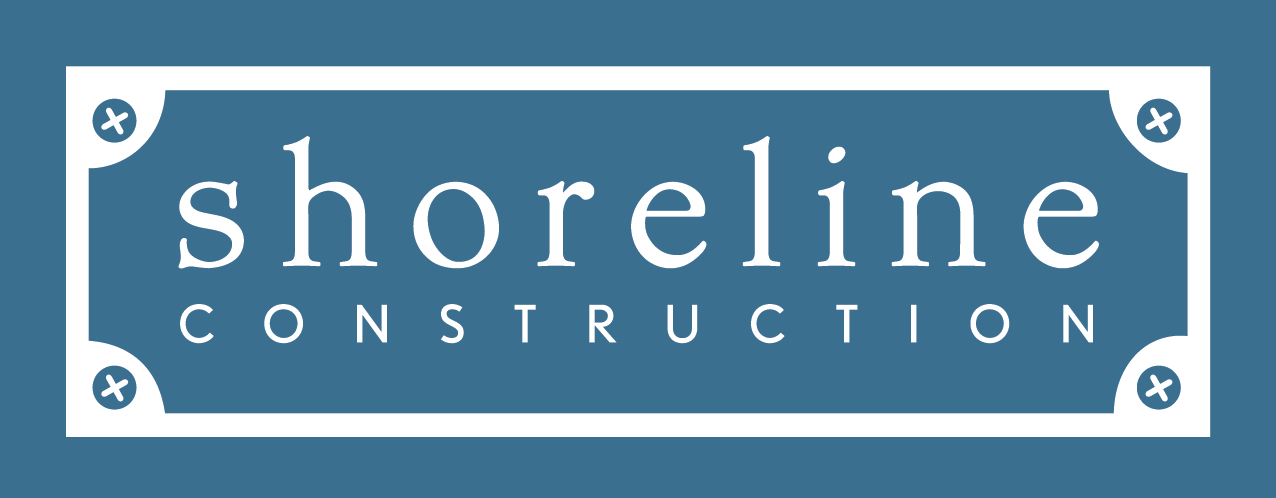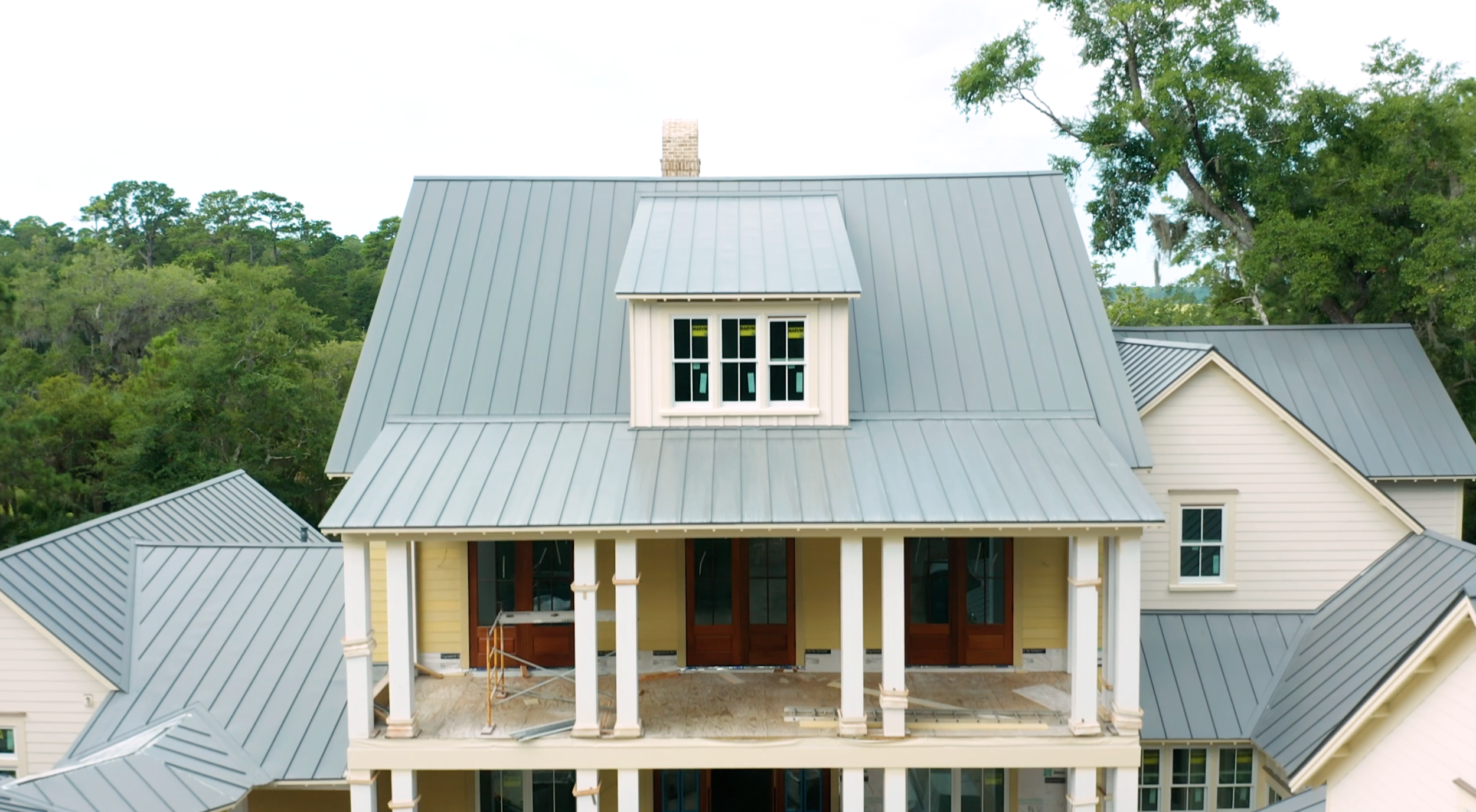Best Practices When Building a Custom Home in the Lowcountry
Currents | Episode 6
Lowcountry houses are unique from others you’ll find in South Carolina, and metal roofs are one of the most defining attributes. We love including this feature in our new residential builds because of its sleek yet traditional appearance, which also pays homage to the place we call home.
Two decades ago, the developers of Palmetto Bluff set out to create a real place and not a typical project. In that spirit, they created a set of architectural guidelines that preserve the aesthetic integrity and reinforce a commitment to placemaking. One attribute of the guidelines is an emphasis on metal roofs.
This particular home was designed by Court Atkins Architects and is nestled in a maritime forest on the banks of the May River. A metal roof was the perfect choice to help this home blend in—and stand out—from the scenery.
Below, we’ll walk you through each step of this process and uncover some of the best practices for building a home in the Lowcountry.
With a charcoal-colored, standing seam, 24-gauge metal roof, this home fits the Lowcountry aesthetic while also providing strong protection from the elements.
Charcoal is a standard color we use when installing metal roofing in the Lowcountry. It’s a beautiful, darker earth tone that complements the rest of a house and its natural surroundings well, and this May River home is no exception.
We chose to use a 24-gauge metal roof since it has a greater thickness than the 26-gauge roofing used in more economical residential builds; thicker panels ensure the roof is more durable.
Traditional 5V metal roofing is commonly used for coastal homes and can be quite durable. However, unlike standing seam roofs, its anchor points are exposed, which leads to maintenance challenges long term. With that said, the standing seam feature for this home’s roof is unique because of its system of concealed fasteners, which can protect the roof’s anchor points from the wind, rain, and sun. The result is a gorgeous, long-lasting roof that requires little to no maintenance.
We added a high-temperature, self-sealing underlayment beneath the roof to further protect the home from long term damage.
Underlayment is a type of material meant to serve as a barrier between the “roof deck” and the roof’s shingles—or in this case, the metal roof panels.
The high-temperature underlayment we used for this home protects the roof’s structure from intense sun exposure and can help keep the rest of the house—like the immediate attic space—ventilated and cool during the hot Lowcountry summers.
Because the underlayment is “self-sealing,” it has an adhesive back that easily sticks to the roof deck without the need for nails or other fasteners; this means we can create a strong, waterproof seal that prevents water from seeping through the roof deck and into the home.
The underlayment’s surface is made with materials that provide weather-resistant benefits, making it suitable to serve as a form of roofing to protect the roof deck and interior of the home during the early stages of construction. It is also non-skid, allowing roofers to safely walk across it during the metal roof installation.
The standing seam roof and underlayment are combined with a sealed soffit system, with long-lasting open-cell foam insulation providing the finishing touch.
We like to use foam insulation, specifically open-cell foam, due to its ability to reach places where traditional fiberglass insulation can’t, such as various crevices and corners. This is because foam begins as a liquid substance that is sprayed onto the roof deck’s underside, and later expands and hardens in place. The hardened foam effectively blocks air and water from escaping or entering through the roof. It is also useful for noise reduction.
The roof insulation is, on average, five inches thick, which is standard for most South Carolina homes. It has an R-19 rating, the recommended value for houses in the south because it has higher thermal insulation.
With the foam insulation, weather-proof underlayment, and durable standing seam roof, this home will be able to stand the test of time and maintain that Lowcountry charm.
To learn more about our Lowcountry residential builds, follow our Currents series, where we take you behind the scenes of our new custom home projects and discuss the construction techniques we use to create the beautiful homes you see today.
Have questions about metal roofing, or any other aspect of the custom home building process? Don’t hesitate to contact us for your Lowcountry residential construction needs.





